Surgical Treatments of Polyps and Overcists
Surgical treatments of polyps and overcists take place in the obstetrics and gynecology departments of hospitals. Sometimes pieces of meat appear in the uterine area and they are called polyps. It is imperative to remove polyps through surgical intervention because the pieces of meat in the uterus prevent pregnancy. Taking polyp and ovarian cysts, i.e. pieces of meat in the uterus and cysts in the ovarian region, is very important for health.
Surgical treatments of polyps and overcists are performed by women. There is no age limit for being sick, although it is seen in women at all ages, it is observed that polyps and ovarian cysts occur more in women between the ages of 20 and 44. Many women may not even be aware for years that they are polyps and overcists. It is prevented by going to the obstetrician and gynecologist at regular intervals.
What is Polyp and Overcist?
Polyp is the name given to pieces of meat that form in the uterus. Polyps, defined as benign pieces of meat, can be removed through surgical operation. Polyps can interfere with pregnancy in women. Surgical polyp treatment is extremely effective in relieving discomfort. Polyps, including intrauterine and cervix, can occur in different places. Ovarian cysts (ovarian cysts) are divided into groups in themselves. Functional ovarian cysts, follicular cysts, corpus luteum cysts, hemorrhagic cysts, teka lutein cysts, pregnancy luteoma.
Overcists are substances that are filled with a liquid structure. The dimensions of the ovarian cyst can vary in sizes from 2 centimeters to 30 centimeters. Polyps and overcists can often have benign cysts, but sometimes malignant cysts. There is also a risk that some of the ovarian cysts may be turned into cancer. It is known that some imbalances caused by hormones lead to ovarian cysts and their formation.
What Area Is Polyp and Overkist Looking At?
For all problems and cases related to polyps and overcist, it is necessary to go to the obstetrics and gynecology department. Polyps and overcist are actually an ovulation disorder. Flesh, pieces of meat that form in the uterus prevent pregnancy, and overclocking is ovarian cysts. Normally, when patients are looked at from the outside, there is no problem. People who have problems creating eggs do not have much trouble or pain from the outside. To understand this, it is imperative that women go to the obstetrics and gynecology department regularly.
Polyp and overcist patients have trouble forming eggs. Many syndromes are experienced by women, which can cause polyps and overcists. When you encounter menstrual irregularities, sparse menstrual conditions, menstruation, you should go to the obstetrician, obstetrics department and be examined. Surgical treatments of polyps and overcists are determined by the physician taking into account factors such as chronic conditions, condition of the cyst & size of the patient.
What are surgical treatments of polyps and overcists?
Polyps and overcists are observed in a large number of women in our country. As a result of this situation, women may have one or more difficulties with menstruation. Ovulation disorder may occur only in a case of menstrual irregularity or in cases of patients who have many menstrual problems. Those who are in the process of recovery in the surgical treatment of polyps and overcists are those who have problems and difficulties with ovulation. Those who do not have a problem with ovulation function can conceive as they wish.
There are many reasons why polyp and overkist patients are not able to perform ovulation function. By going to the obstetrics and gynecology department of the hospitals, the controls should be done in full and thus the ovulation status can be clearly learned. Those who have problems with menstruation and have problematic menstrual processes are likely to have difficulties conceiving. There are some treatments that accelerate ovulation and put the patient through the healing process, and one of them is surgical treatments of polyps and overcists.
How are polyps and overcists treated surgically?
In the process of carrying out surgical treatments of polyps and overcists, the patient's medical history is examined first. By making an appointment with the obstetrics and gynecology department of the hospital, you can get rid of your problems with the issue of uterine meat fragments and ovulation cysts. By looking at the condition and structure of the polyp and ovarian cyst, it is decided to treat the patient. For some small cysts, birth control pills can be effective.
In case of small cysts of polyps and overcists, drug therapy can be used in some patients besides surgical treatments for the operation of eggs. In case of large cysts, it is imperative that the patient be examined. Whether the cysts are benign or malignant also determines how the treatments the patient will receive will be. Surgical interventions are performed for polyp and ovarian cysts that do not respond to drug treatment and the patient's condition is examined.
Surgical Treatments of Polyps and Overcists
Polyps and overcists are known to be commonly known as ovarian problems and ovarian cysts. While it is observed that every woman goes to the doctor for surgical treatment of polyps and overcists for a different reason, it should be known that the common cause is menstruation. Each woman has a different menstrual period and since women may experience different problems on menstrual day, there may be many cases in surgical treatments of polyps and ovarian cysts.
With surgical treatments of polyps and overcists, you can get rid of the pieces of meat in the uterus and all your problems with menstruation related to ovarian cyst. Women's bleeding during menstruation may also vary, each woman experiences a menstrual pattern according to her own body structure. You should get information from obstetricians and gynecologists about your problems with hormone imbalances, egg cells, ovarian cysts and many other menstrual vision, ovarian and uterine flesh fragments.
What are the Advantages of Surgical Treatments of Polyps and Overcists?
The advantages of surgical treatments of polyps and overcists are that the patient feels better about fertility and begins the healing process in the problems related to their ovaries. You should make an appointment with the obstetrics and gynecology departments of hospitals and examine them with specialist physicians. Women need to go to the hospital for regular check-ups. It should be known that polyps and ovarian cysts do not occur with body pain. With an obstetrician's examination, you can only learn about problems in the ovaries.
The aim of surgical treatments of polyps and overcists is to eliminate the problem of ovulation of the woman. Since the pieces of meat in the uterus also prevent pregnancy, women who perform the surgical procedure of polyp and ovarian cysts get rid of all their problems in this regard. In the inner wall of women's wombs, flesh-like formations, i.e. polyps, may form. Women can get rid of these meat moles as soon as possible and return to their fertility by having surgical treatment of polyps and ovarian cysts.
Postoperative Process of Polyps and Overcists
After surgical treatment of polyps and overcists, women get rid of all problems in the ovarian regions. After the treatments applied, pregnancy and fertility may occur. After the operation of polyps and ovarian cysts, you should consult your doctor about sexual intercourse and find out how long to wait. In the surgery of normal cysts, it is more appropriate to wait 3-4 weeks for sexual intercourse.
Contraceptives may also be effective in some cases of polyps and overcists. You should consult your doctor about how many weeks to conceive, how long the contraceptive pill will be used, how long to have sex after the operation, the condition of bleeding after surgery and what the normal order will be in menstruation, and you should learn the answers to your questions from your obstetrician and gynecologist.
https://www.mayoclinic.org/diseases-conditions/nasal-polyps/diagnosis-treatment/drc-20351894


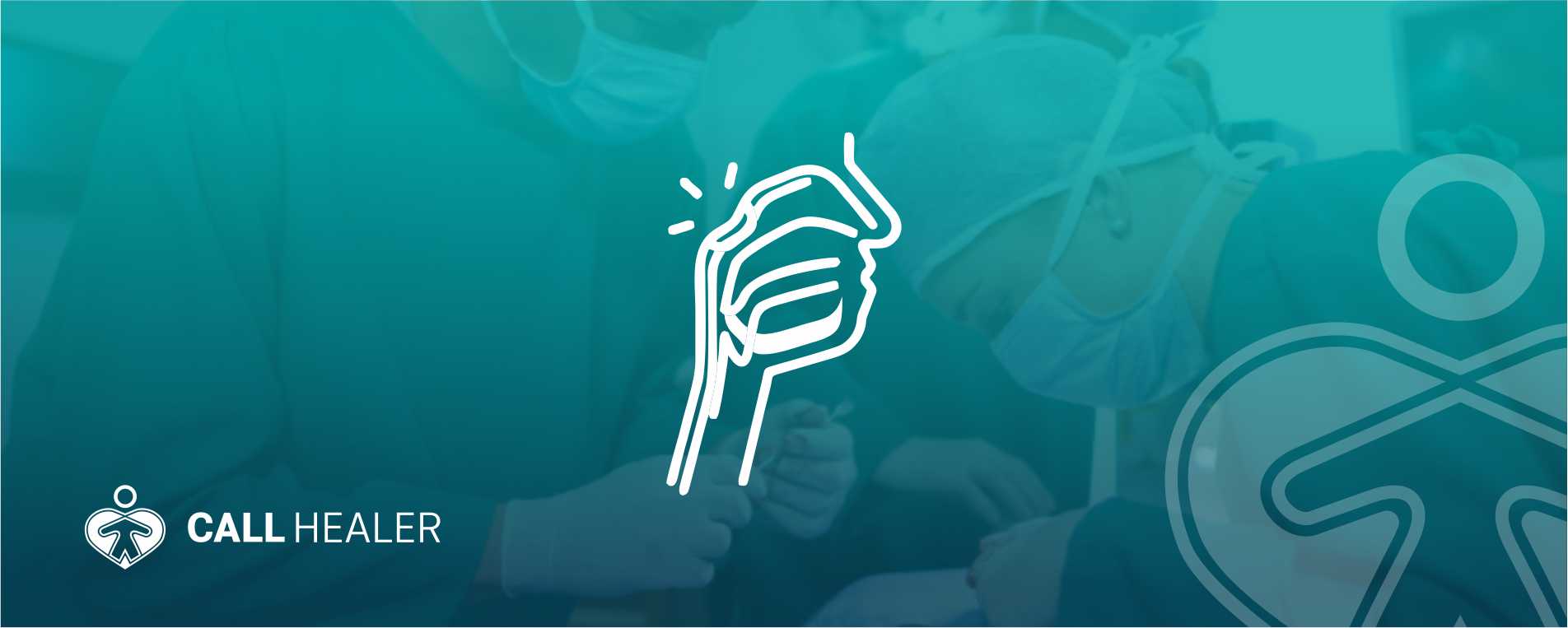
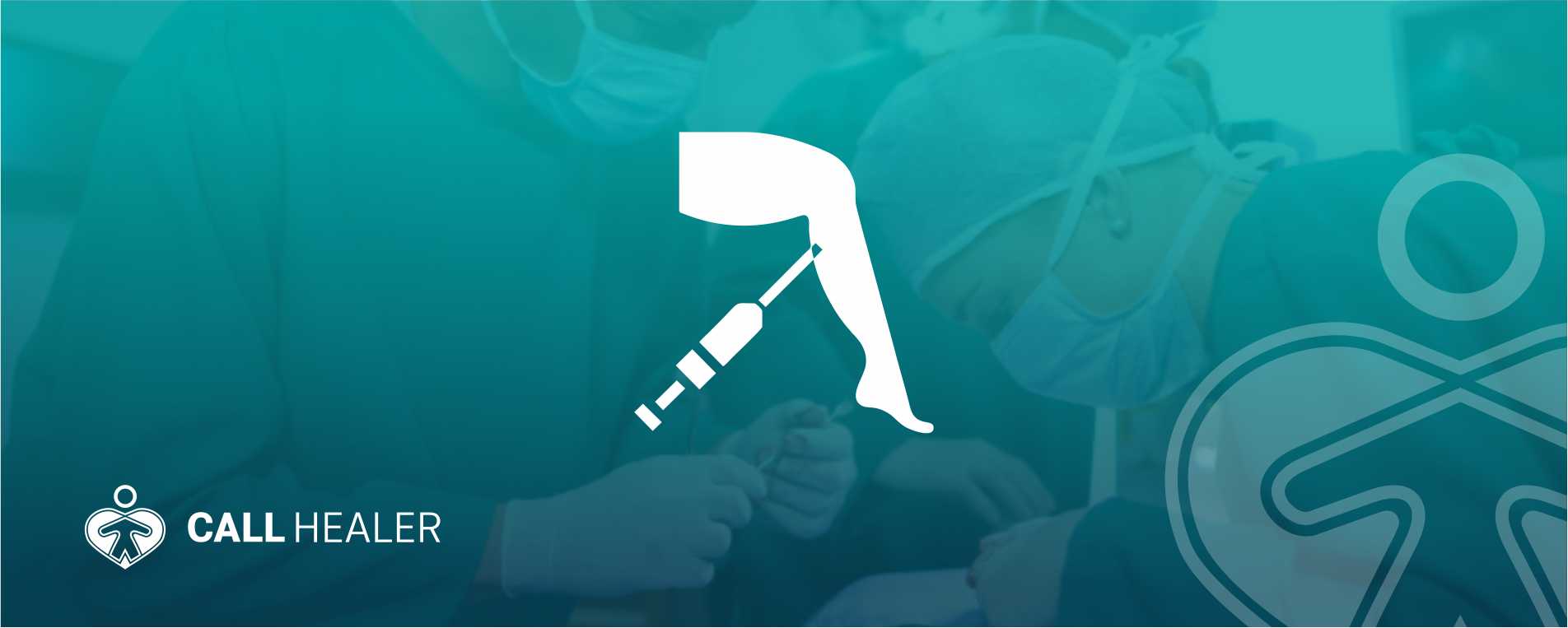
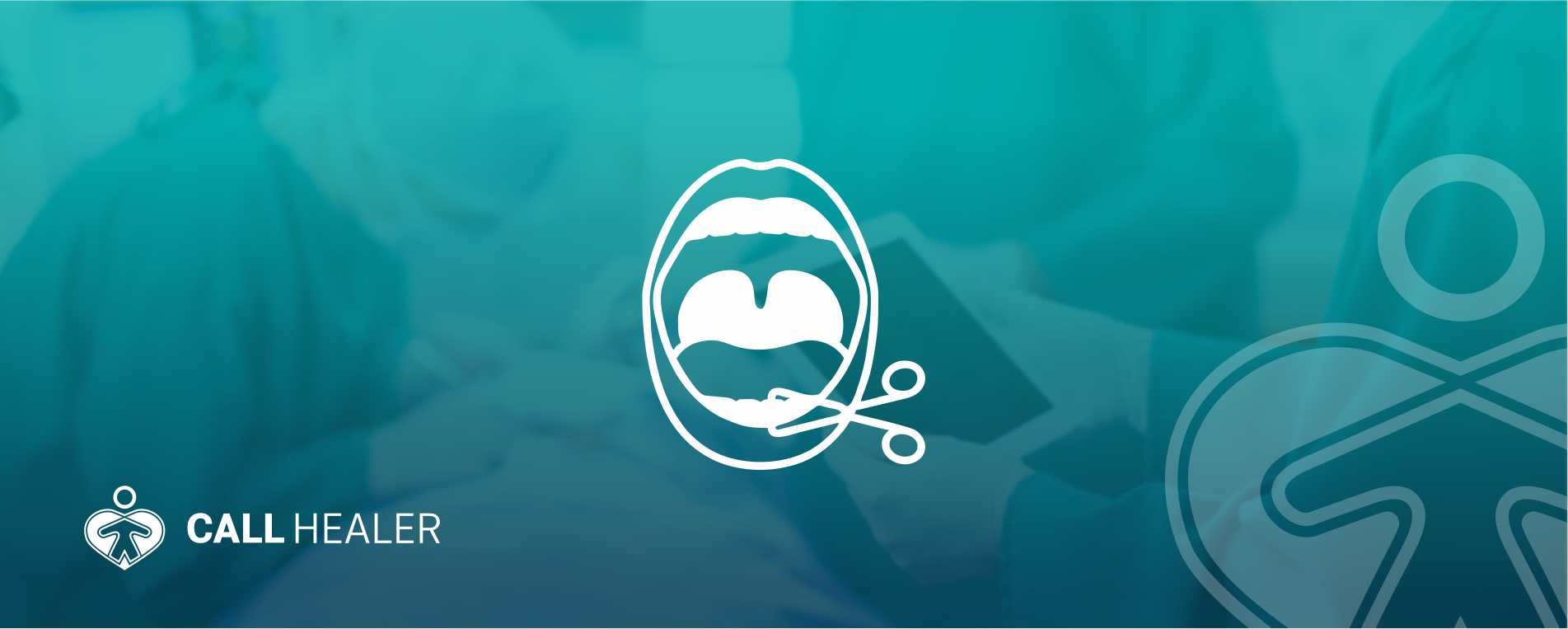
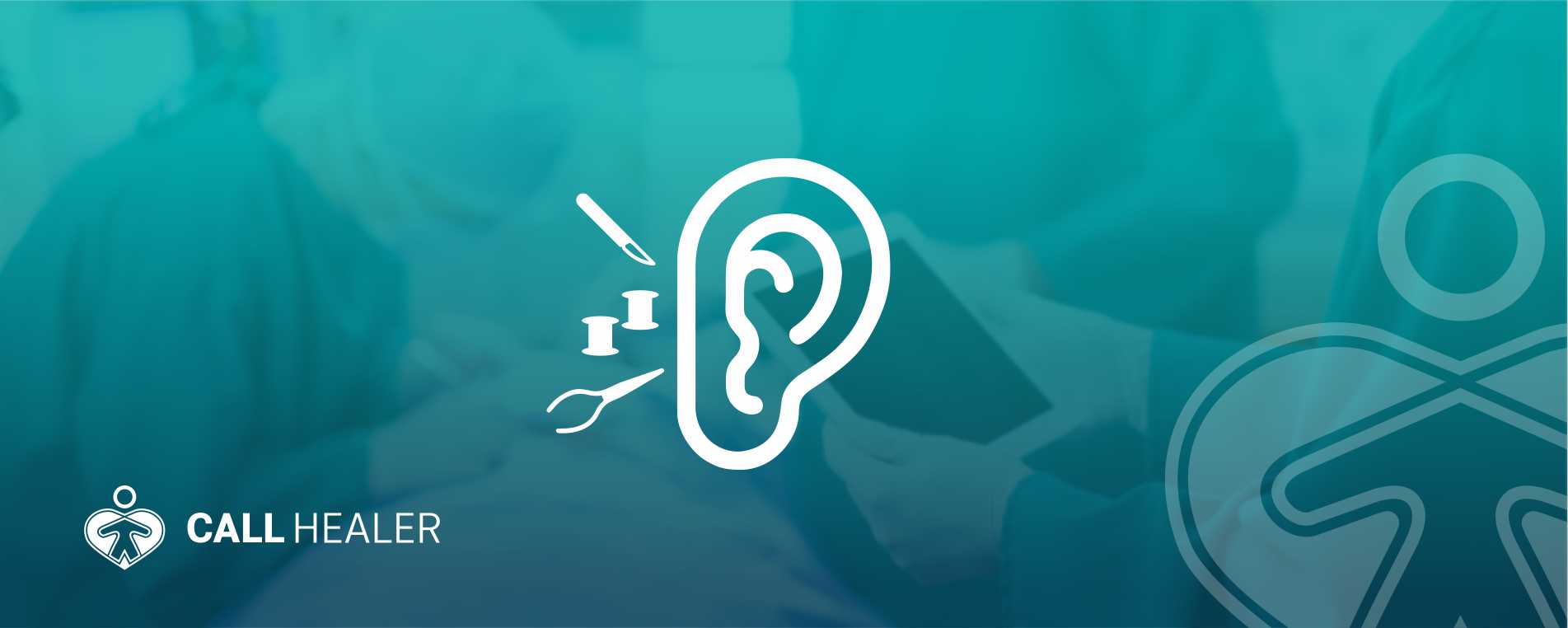
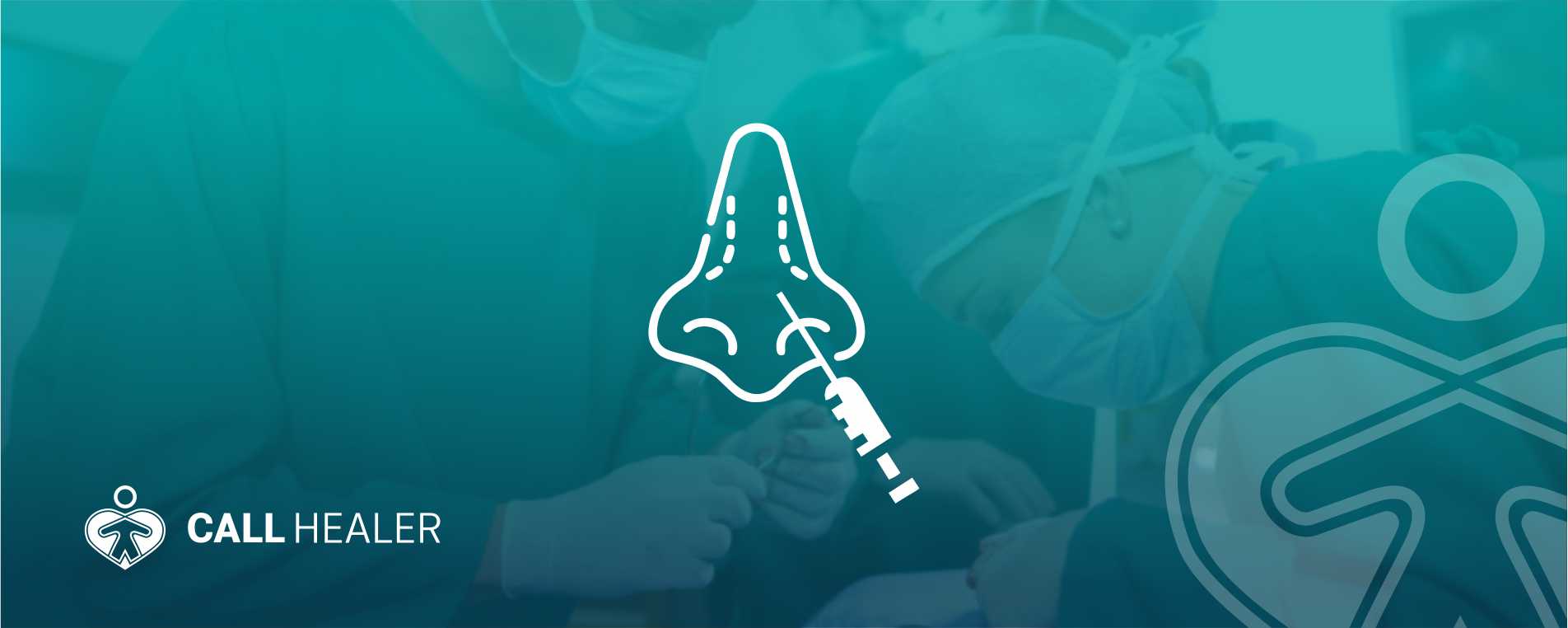
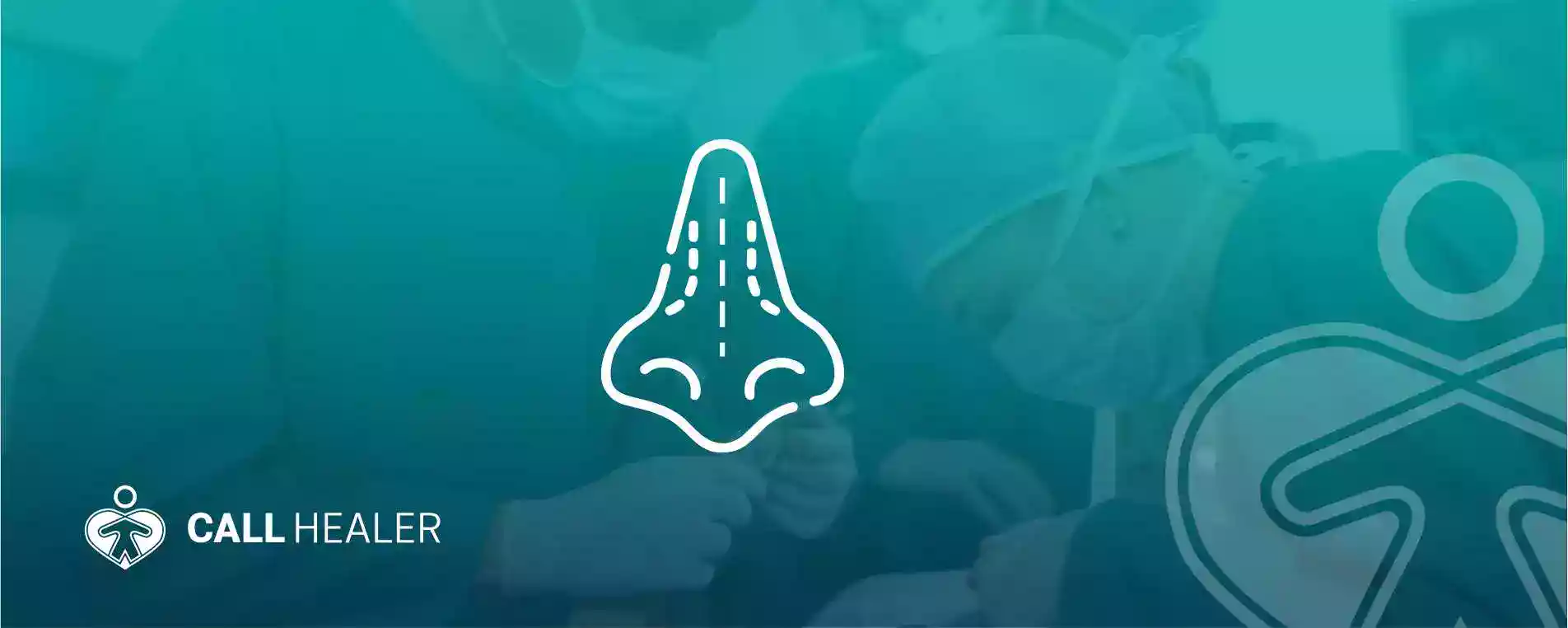

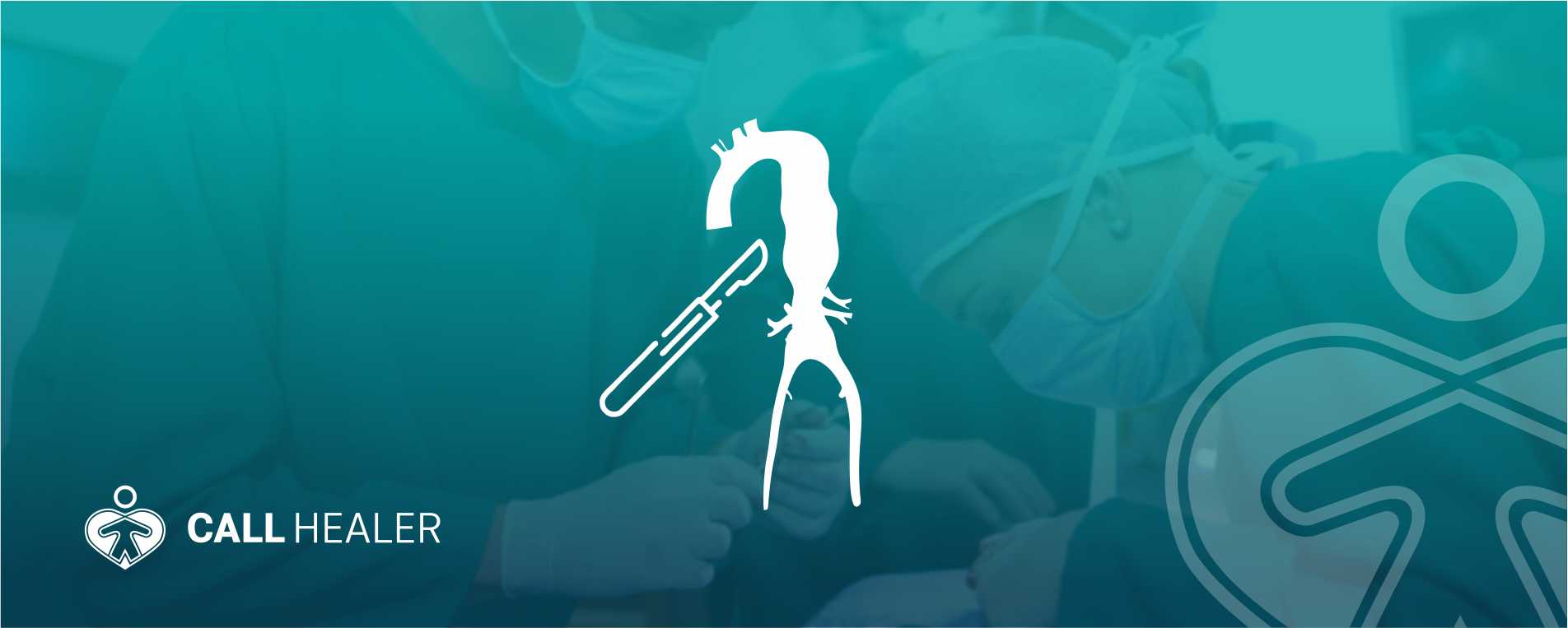
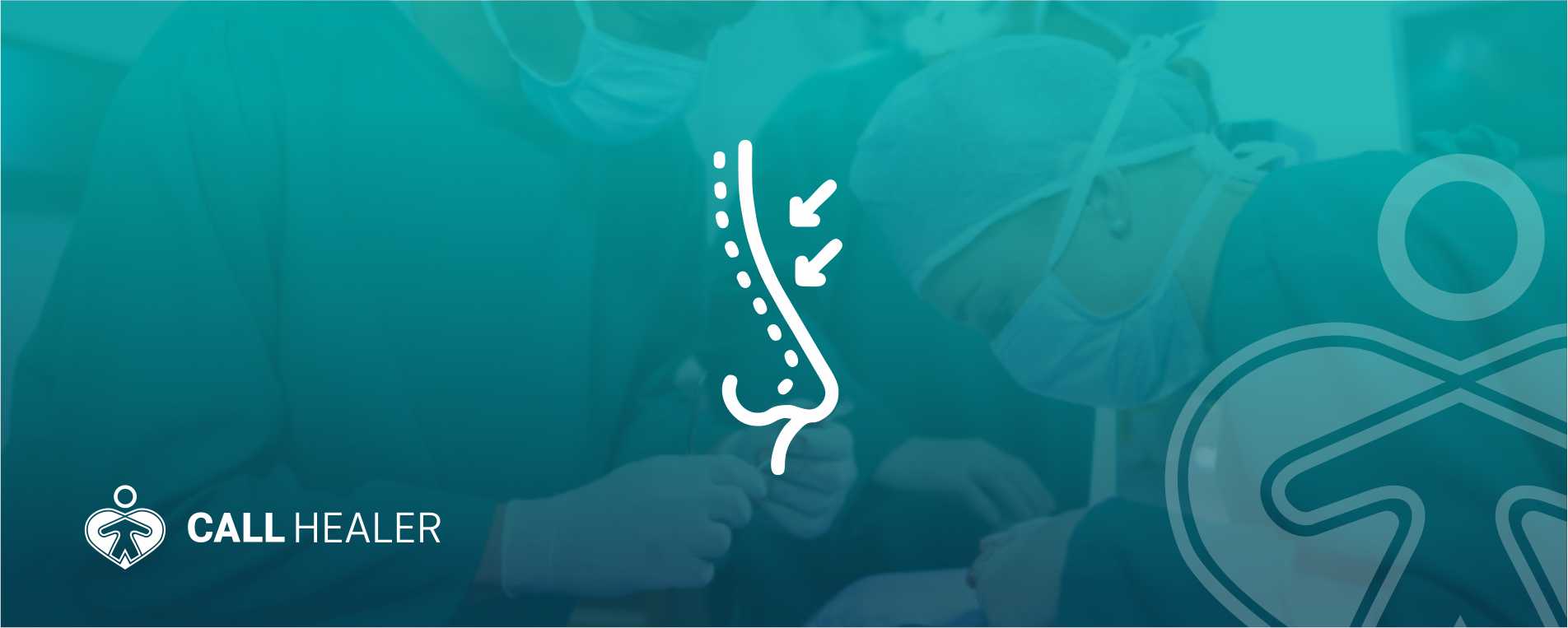
{{translate('Yorumlar')}} ({{yorumsayisi}})